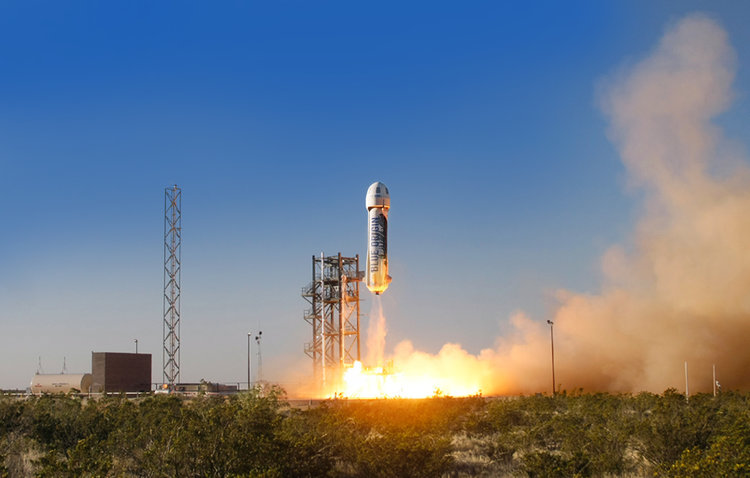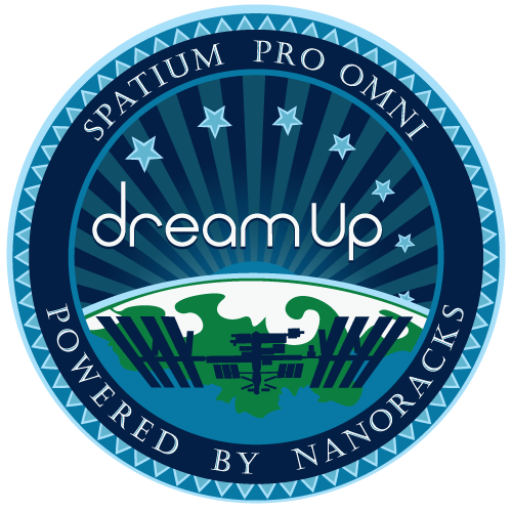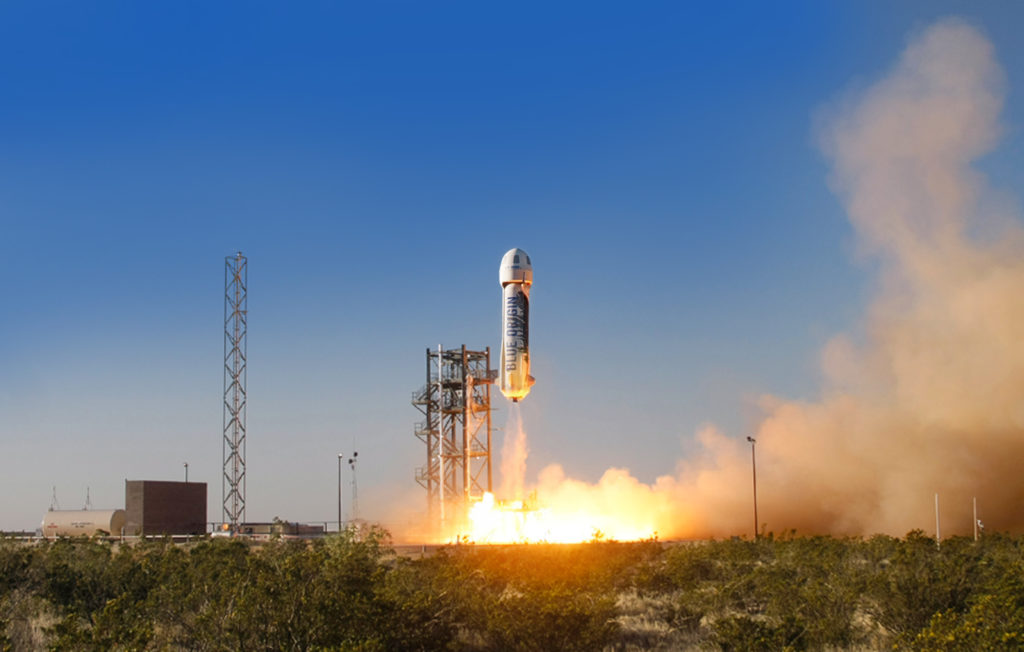
Demystifying the DreamUp Logo

The DreamUp logo, some might say, is a busy graphic with a lot going on. Well, that same description can be applied our organization—there’s a lot going on!
First of all, the International Space Station (ISS) probably jumps out at you. On the ISS (and directly outside) we have platforms available for research and education missions. Over the last six years, hundreds of unique projects have been tested there. What is so special about this environment is one thing it lacks: gravity. The absence of significant gravity is a-one-of-kind catalyst in all sorts of medical, biological, and physical studies.
The name DreamUp is where my title of “DreamUp Director” comes from. It usually elicits a chuckle from folks who hear it for the first time, and I explain that our objective is to fly “whatever the kids dream up.” And then it makes sense. It is our also our goal to tap into student creativity and let them choose their own area of study and set it up however they want (within the NASA guidelines). We strive to be open source, but at the same time we advise on the “do’s and don’ts.”
You see 7 stars rising up into the atmosphere from the earth’s horizon representing the process of design. What’s unique about our process: our participants don’t buy their hardware from a store; they develop it “from the ground up.” So many skills are gained through this hands-on, true trial-and-error process.
Really, space study has so many difficult caveats and things to plan around that I regard “space teachers” as pioneers, if not true mavericks. I also feel that they deserve recognition and great respect.
On top of their normal classroom workload, they facilitate design and testing, deal with trial and error, take on extra administrative tasks, find great mentors, fill out forms, work around fluctuating launch dates, and scrubs. They work around media events and interviews. Often they are the ones helping students to organize and make pitches for sponsorship, even making travel arrangements to watch their project’s launch. But even with all these tasks they didn’t sign up for, they enjoy the experience immensely and gain new skills right along with the students.
Powered by NanoRacks signifies that the projects are integrated to space by NanoRacks, LLC, a company known for providing some of the fastest, and most cost-effective access to low-Earth orbit. Only for this reason can students experience the whole lifecycle of the project before they need to move on or graduate.
Spatium Pro Omni means that our program is indeed for everybody, not just someone already in the industry. Looking at our manifest you see informal groups such as girl-scout troops, rural and urban school districts throughout the United States, international campuses, and many first-timers. We welcome home school groups, coding clubs, parabolic enthusiasts, church groups, museums, universities, and traditional research institutes. To facilitate this wide inclusion, we keep prices as low as possible and offer an unprecedented 50% discount for basic student opportunities.
The colors of blue, green, and white represent our beautiful planet Earth and its atmosphere where our suborbital and low-earth orbit work takes place. In the future we hope to take student-designed work beyond low-earth orbit into other emerging platforms. For now, we recommend the ISS and Blue Origin’s suborbital space vehicle. New Shepard offers a super-quick turnaround and affordable student pricing.
Do you know an innovative group that is craving a hands-on project and might like to undertake a microgravity study with DreamUp? Spots are available now for 2016 and 2017 launches. Get the information on our contact page, and come make history with us.
###

